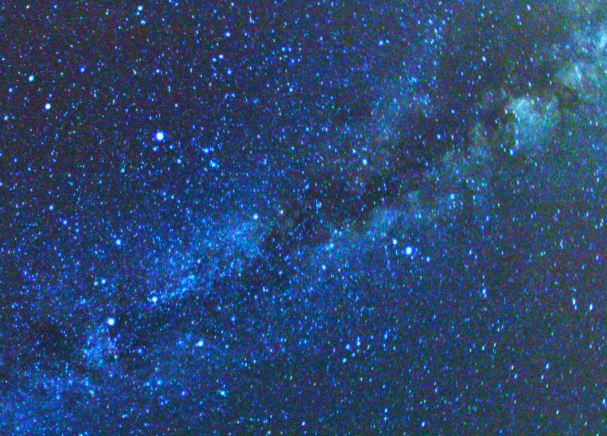 When a star “eats” a planet, its colour and chemical composition change. The hypothesis that the swallowing of a planet rich in iron and other heavy elements is responsible for the abnormal aspect of some stars is not new. However, until now, detailed calculations had never been used to quantify the extent of the effect.
When a star “eats” a planet, its colour and chemical composition change. The hypothesis that the swallowing of a planet rich in iron and other heavy elements is responsible for the abnormal aspect of some stars is not new. However, until now, detailed calculations had never been used to quantify the extent of the effect.
In a recent article in the scientific journal “Monthly Notices of the Royal Astronomical Society”, Emanuele Tognelli, Pier Giorgio Prada Moroni and Scilla Degl'Innocenti from the Department of Physics at the University of Pisa published the results of a study carried out on a peculiar star in Gamma Velorum, a young multiple star system in the Milky Way about 1,200 light years from Earth. The peculiarity of this star consists in the abnormal abundance of chemical elements heavier than helium, which astronomers generically call metals, noted on its surface. This anomaly could be justified by the phenomenon of accretion of the star itself after the ingestion of one or more planets.
The three astrophysicists from the University of Pisa used numerical simulations on the computer for the first time, to demonstrate what happens to a young star when it ingests a planet and how these effects depend on the mass of the planet itself, from Earth-like to 50 times more massive, as well as on its chemical composition.
"In these cases, the principal effect of the planet ingestion is to increase the metal content in the outer region of the star and therefore to modify the observable chemical abundance. On the other hand, the metals absorb light in shorter wavelengths making the red hue more prominent, giving the star a more reddish tint than usual,” explained the researchers.
The model created by the team of scientists from the University of Pisa is able for the first time to describe in a detailed manner an event that has never been observed in real time.
“The accretion of a planet is a very quick phenomenon and therefore difficult to observe directly. However, an event like this has repercussions on the structure and evolution of the star that can explain the characteristics of some abnormal stars. Our simulations have demonstrated that the entity of the effect depends very much on the mass and age of the star at the moment it ingests the planet,” concluded the three scientists.
When a star 'eats' a planet
How the chemical composition and colour of a star change according to the planets it ingests: a study by a research group from the University of Pisa published in the 'Monthly Notices of the Royal Astronomical Society'
-
14 July 2016
